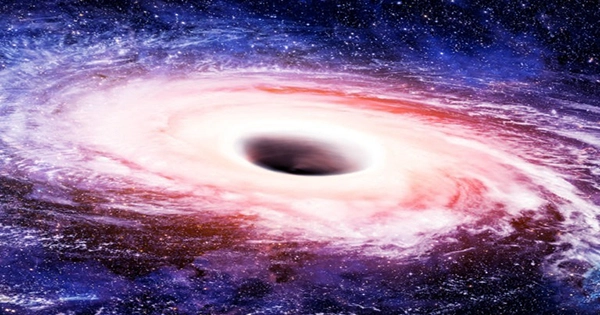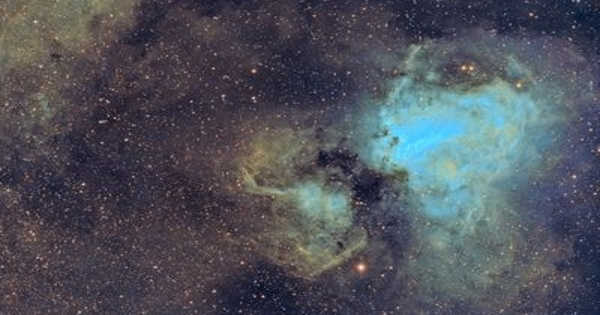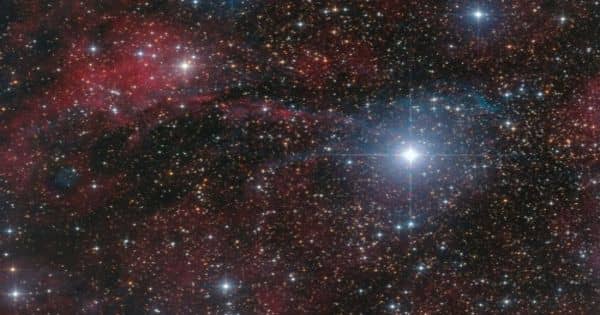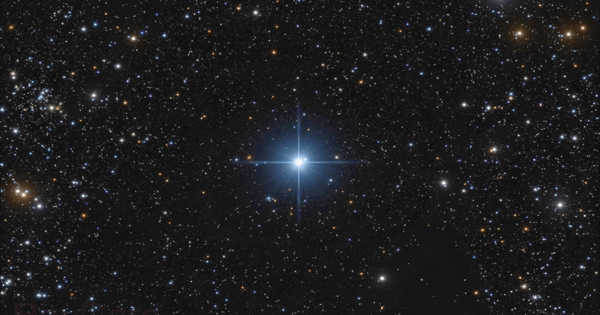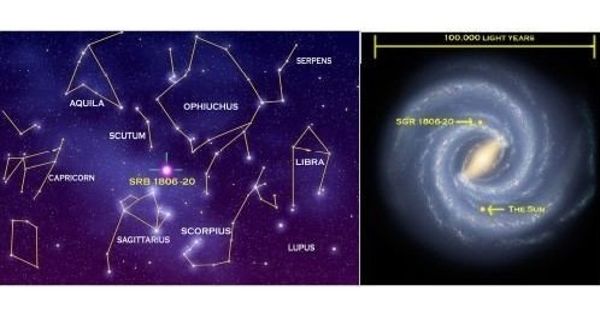There are several theories on how white holes develop. White holes are the potential evil twins of black holes, according to cosmologist Igor Novikov in 1964. Between event horizons and a potential opposite form of the singularity, Novikov expanded on the work of scientist Karl Schwarzchild, who proposed black holes plus what we now call wormholes, through which things may possibly transit to instantaneously jump large distances.
Physicists have proved that white holes might exist mathematically, but not in reality, because they couldn’t figure out how they could arise if they were the polar opposite of black holes. When a star dies and collapses, black holes arise.
A black hole erupting into a star, on the other hand, would defy the norms of entropy. Another theory claims that black holes turn white near the conclusion of their life, but only for a short time. Carlo Rovelli, a theoretical physicist, proposed a concept in 2014 that says black holes turn into white holes at the conclusion of their existence, ejecting all the matter they’ve ever eaten into space.
The transition from black hole to white hole would occur shortly after the black hole’s inception. Their idea is based on “loop quantum gravity,” in which gravity and space-time are quantized and weaved from small individual loops that can’t be split any more.
A dying star will continue to decrease as it collapses under its own gravity, but it will ultimately reach a point where it can no longer shrink because the loops can no longer compress. The loops exert an outward pressure known as “quantum bounce” at this moment, transforming the black hole into a white hole. According to Rovelli’s calculations, the transformation from black to white takes only a few thousandths of a second. Despite the fact that the change is practically rapid, black holes might appear to span billions or trillions of years to us because their gravity dilates time and stretches light waves.
WHITE HOLES ARE THERE? White holes are still regarded a theoretical idea at this time, yet our present understanding of physics may have a role. White holes are said to be extremely unstable. A cosmic catastrophe releasing so much matter and energy would be unlikely to last long enough for a telescope to detect it. Some speculate that after it expels all that stuff, if it collides with any other matter in the white hole’s orbit, the entire thing would collapse in on itself and become a black hole, generating an infinite cycle of black, white, and black holes. They could behave so identically that we wouldn’t be able to tell them apart anyhow, according to Stephen Hawking.
Many events have been proposed as possible white holes. They are typically picked because they are mysterious objects that we have yet to fully comprehend. Black holes nearing the end of their existence, gamma ray bursts, and fast-spinning pulsars have all been proposed. A white hole has even been described as the Big Bang. However, no direct observations of white holes have ever been made, and their theoretical existence raises several red flags. White holes appear to be a stopgap measure until further observations or a better hypothesis can be found. Although it’s worth remembering that Einstein’s theory of general relativity, which predicted black holes, was published in 1915, the first one wasn’t discovered until 1971.
